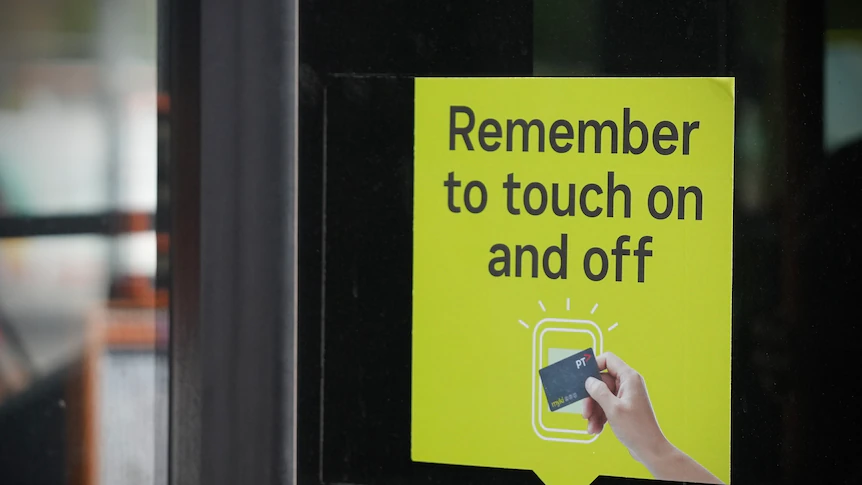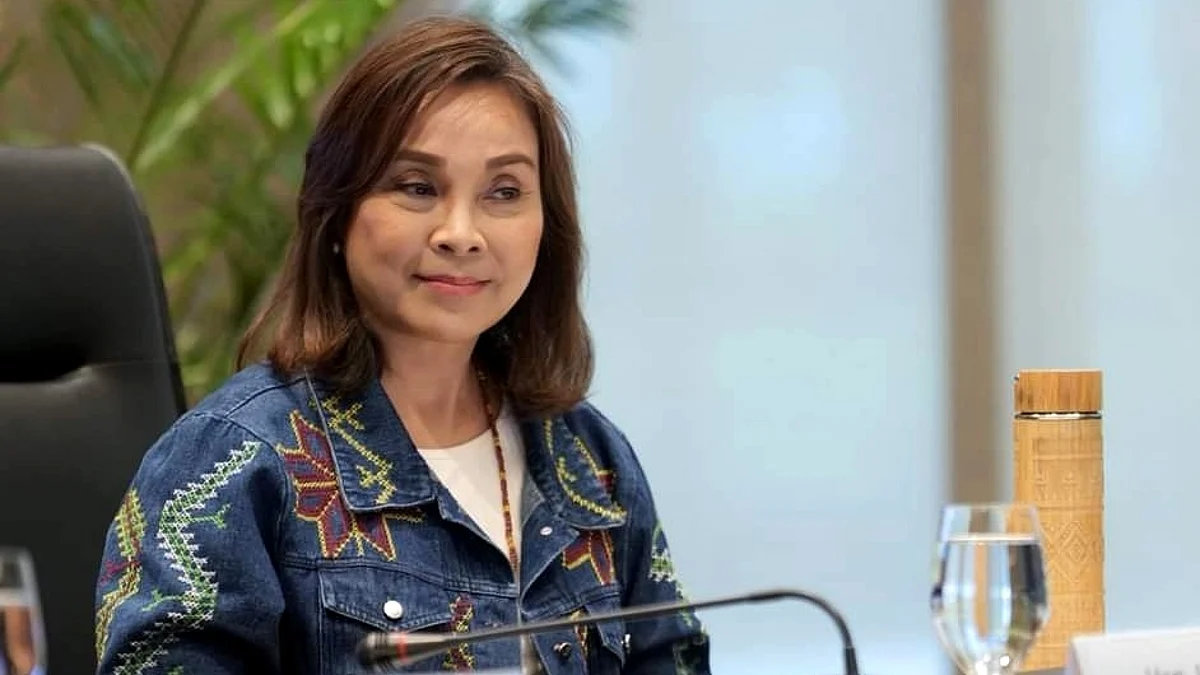By Margaret Paul
Copyright abc

Jayden Riddoch will admit to what, it seems, is a growing habit among Victorian commuters.
Not touching on with his Myki card on a public bus.
“Sometimes, if I’m in a rush or I forget to, other times I just can’t be bothered,” he said.
The 22-year-old said, as a disability pensioner in Melbourne’s outer south-west, he also worried about the cost of living.
“I’m still sitting here like, if I’ve got to spend a solid dollar just for like two stops, it’s a bit much for my taste,” he said.
A two-hour fare in Melbourne’s inner suburbs currently costs $5.50, regardless of the distance travelled ($2.75 for concession and seniors card holders).
Myki public transport fares have risen consistently since 2021, jumping 20 per cent in four years.
How many people are touching on?
Documents released in state parliament showed the number of people touching on their Myki cards on Melbourne buses dropped from 60 to 70 per cent before the pandemic, to just 25 to 30 per cent, although the government said compliance was much higher.
The Bus Data Discussion Paper described “low confidence in patronage estimates”, based on the touch-on rate, as counted by surveyors.
“The touch-on rate for buses has been declining and is currently very low,” it said.
“It is important to understand how people use the existing bus network to inform network design, and to evaluate bus planning and reform activities.”
When the ABC visited Tarneit railway station, in Melbourne’s outer south-west, this week, the vast majority of people observed getting on a bus did not touch on.
Touch-on rates are not the only way to measure patronage on buses, and touching on is not the only way to pay for a ticket.
For example, some passengers will have taken a train before the bus and don’t need to touch on twice. They might also have a monthly or yearly ticket.
How much is it costing?
The state government relies on an annual network revenue protection plan, which measures compliance through surveys conducted twice a year.
These surveys are conducted by authorised officers, who are also responsible for issuing fines to commuters without valid tickets.
Its October 2023 report found metropolitan public transport fare compliance was 96.8 per cent, with bus compliance at 96.3 per cent.
It found the loss of revenue through fare evasion across the network was $22.7 million for the year ($19.9 million for the metropolitan network and $2.9 million for regional trains).
In a statement, the government said the revenue loss was due to a minority of passengers.
“We know the majority of passengers do the right thing and travel with a valid ticket,” a state government spokesperson said.
But there is concern the touch-on rate for buses is as low as 25 to 30 per cent, and falling.
John Stone, honorary senior fellow in transport planning at the University of Melbourne, said there were many reasons people might not touch on at the start of a bus trip, especially in a cost of living crisis.
He suggested improving the service would help.
“When they don’t have respect for the system, they don’t pay,” he said.
“If we started giving people the service they need, those rates would improve.”
Don’t bus drivers make you touch on?
Despite declining touch-on rates, bus operators say drivers are not in a position to enforce the fares.
One bus driver told the ABC, “sometimes it feels like I run a free service”.
Peter Kavanagh is the executive director of the Bus Association of Victoria, which represents the state’s bus operators.
He said bus drivers have enough safety concerns currently with actual driving, even before considering the prospect of enforcing fares for passengers.
“Their main duty is to get people to where they need to be safely, and there’s a lot of work in doing that and making sure that happens, and distractions are very bad,” he said.
He said the responsibility instead falls to dedicated enforcement officers, which operate across Victoria’s public transport network.
What can be done to improve touch-on rates?
Peter Parker, a former Department of Transport bus planner, said the government has “dropped the ball” on Myki touch-on rates.
“There is revenue that it’s losing, if touch-on rates were higher there would be revenue for better buses and other transport improvements,” he said.
He said there was also a risk of people seeing other people not touching on, and deciding to do the same.
“Once you have that culture of non-payment, people tend to follow other people and it’s really hard to get back.
“The government claims they can’t afford to improve bus services yet they’re letting tens of millions of dollars go to waste on fare evasion.”
In a statement, a spokesperson for the government said it was always looking for ways to improve buses.
“We have consistently increased the bus operating budget, investing more than $892 million in new and upgraded bus services which has seen nearly 23,000 additional bus services added to our network,” they said.
The government has announced public transport will be free for anyone under the age of 18 next year, with a new youth Myki card to be rolled out from January 1, 2026.



